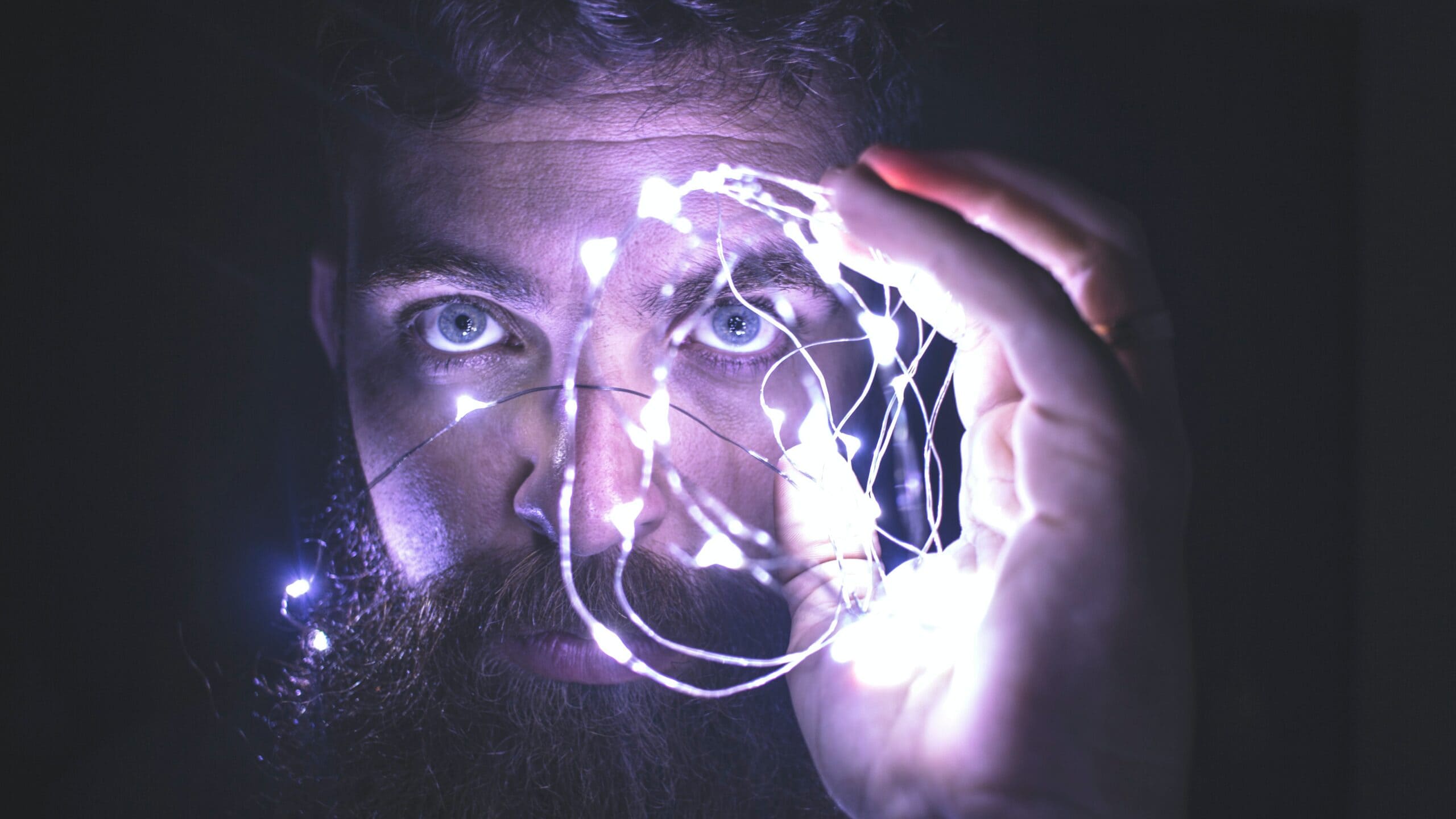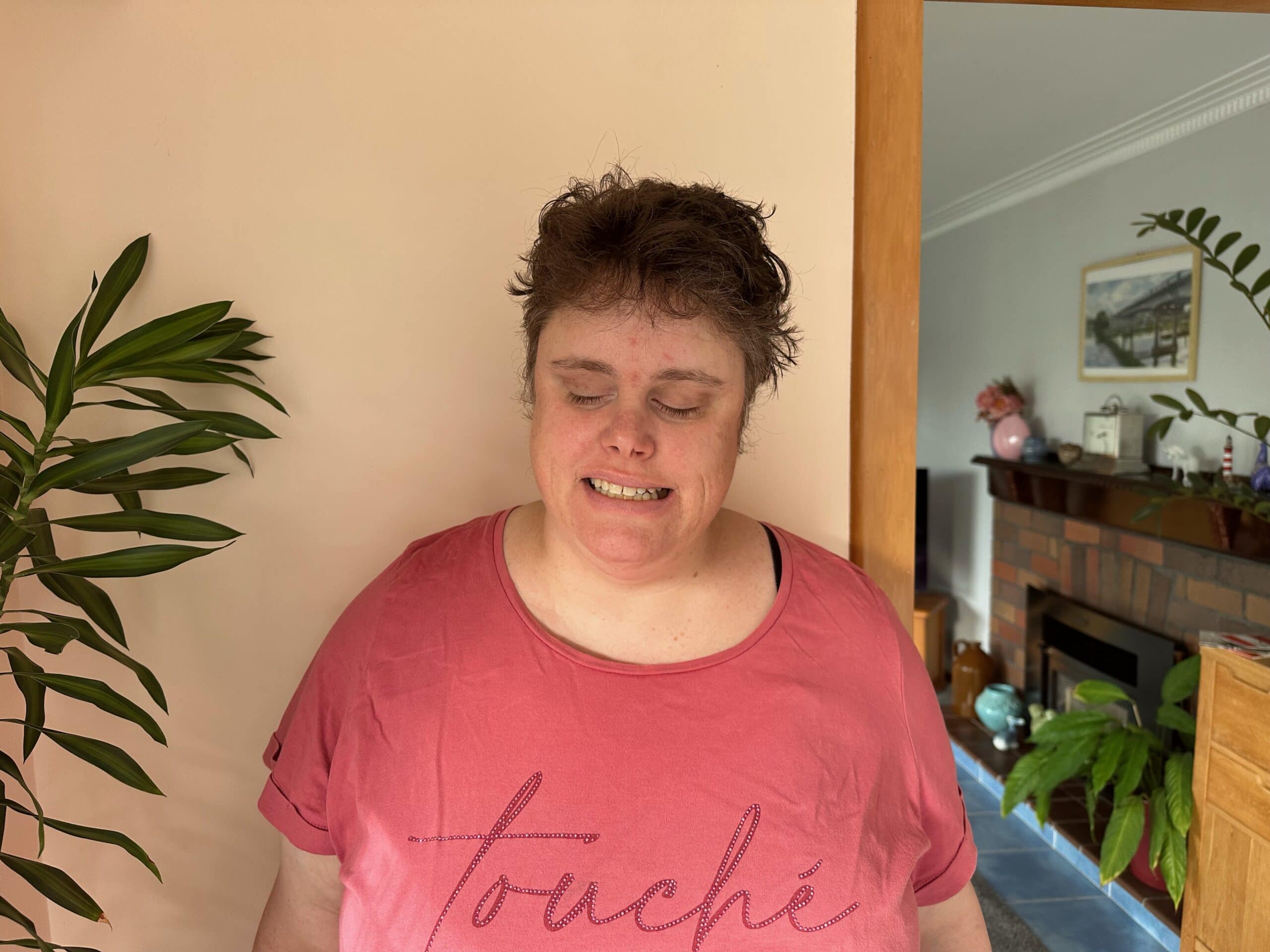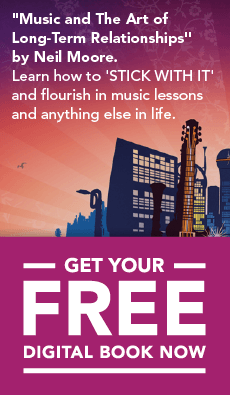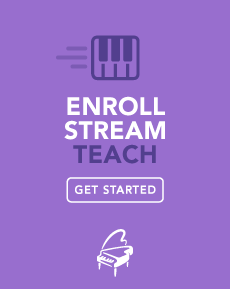
I will start with a little story. In 2007 I was beginning University studies and surfing the internet one weekend, when I came across a piano teacher’s blog. This teacher was on about this great new discovery. After teaching for many years they had found something truly awesome. It was Simply Music.
Ever since I had begun to play the piano in 1994, when I was 7, it had been my dream to teach, to pass on something positive to others and make a difference in people’s lives. Of course, when one is 7 one cannot articulate all that but I do remember thinking it would be great to do what my teacher did. In 2007, on the internet, that Sunday afternoon, I had a eureka moment. It would be 6 more years and a Bachelor of Arts in Psychology and Social sciences later before I began my Simply Music Piano journey.
Given that I spend half of my time teaching piano and the other half in the halls of academia helping people get their degrees when the opportunity came to write this review I tried to pick what I thought would be the most interesting on the suggested reading list. I wanted to learn something as well. I knew there had been much written about creativity and how to obtain more of it but I didn’t know there was a field devoted to the scientific study of what goes on when we are being creative. With this in mind, I chose Anna Abraham’s “The Neuroscience of Creativity”.
I expected an interesting read but did not expect a tome as big as one of my introductory psychology textbooks. The book is rich with diagrams and boxes giving additional information and many, many references. This last surprised me. It just goes to show that we have been wondering about the idea of creativity and the brain for a very long time.

In the front matter of “The Neuroscience of Creativity” Anna Abraham thanks her supervisors for letting her write about this “zainy stuff” for her doctoral dissertation. She humbly introduces the subject matter by defining creativity as something original and appropriate in a given context in chapter 1.
In chapter 2 she discusses types of creativity from genius to every day. Subsequent chapters consider cognitive (thinking) and behavioral (doing) of creativity. Then comes measurement. This is where it gets rather dense and scientific being almost beyond this graduate of Psychologies understanding. It’s all very difficult to do this neuroscience stuff.
The last 3 chapters of the book are the application of all the above. Chapter 8 is about music followed by those on literature, dance and science. My personal recommendation would be to read the first 6 possibly 7 chapters if you are really into science then go to what interests you most in the application chapters.
All in all, Abraham’s book served to show me what we don’t know rather than what we do. It raises more questions than it actually answers: What is a creative person? How does their brain work? We are only just beginning to understand this stuff.
So, was I creative in finding the Simply Music piano program on the internet? Probably not.
I see eureka moments – those of wonder, awe, and wow! – in my students every day as we create beautiful, interesting, new (perhaps to them) sounds on the piano. We develop a relationship with the instrument that is in itself original and appropriate. As we learn together, it’s a pleasure to watch the stimulants (in psychology there must be stimulants) and the young creative mind at work.
About the Author:

Mara Kelland is a licensed Simply Music Piano and Inner Musician Play A Story teacher. She holds a Bachelor of Arts in Psychology from AUT and a Certificate in Freelance Journalism from the New Zealand Institute of Business Studies. Through all her studies, music was her constant companion and is her first love.
Mara was a Suzuki child studying the piano from the age of 7. She plays many other folk instruments and has worked as a therapeutic musician for many years.







